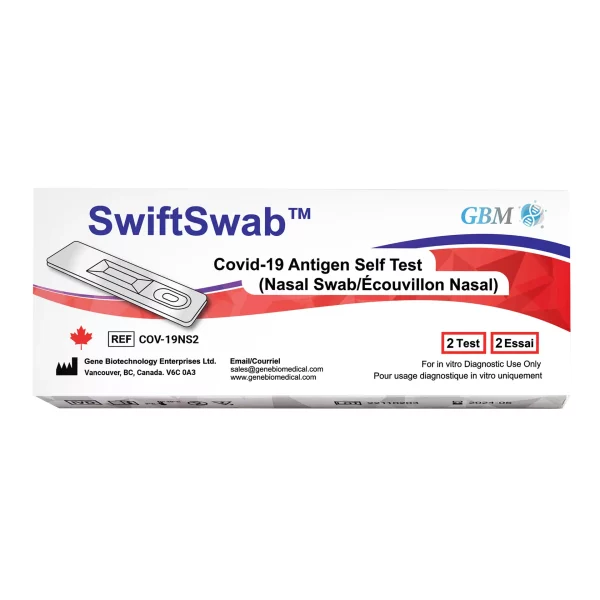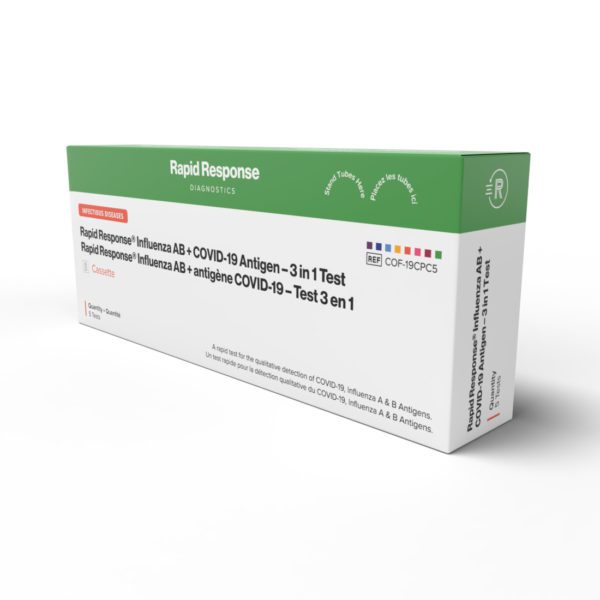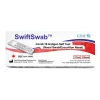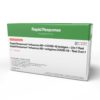If you’re feeling soreness in your throat, knowing the differences between a standard sore throat and strep throat is crucial for so you can get treated correctly and recover in time.
Here are all you need to know about the key symptoms, diagnosis and treatment options for both conditions.
Sore throat symptoms
Sore throats, medically known as pharyngitis, can be uncomfortable, but they’re usually a sign that something’s up with your body, whether it’s a common cold, the flu or something more serious.
A sore throat can be caused by various factors including:
- Viral infections
- Allergies
- Dry air
- Environmental irritants
Understanding the symptoms can help you figure out what’s going on and how to get relief. These symptoms include:
- Pain and irritation. Your throat might feel like it’s on fire, making it painful to swallow, talk or breathe.
- Swelling and redness. Your throat might look angry and swollen, especially around the tonsils, making it feel like there’s a lump or obstruction when you swallow.
- Difficulty swallowing. You might find it tough to swallow without discomfort, feeling as though there’s a barrier in your throat.
- Your voice might sound scratchy or raspy. It may be hard to speak normally without your voice cracking or breaking.
Other sore throat symptoms include:
- Fever
- Cough
- Runny nose
- Body aches
Strep throat symptoms
Strep throat is a bacterial infection caused by the bacteria called Streptococcus pyogenes, also known as group A streptococcus. These bacteria are highly contagious and spread through respiratory droplets when someone with strep throat coughs, sneezes or talks.
You can also get strep throat by touching a surface or object that has the bacteria on it and then touching your mouth, nose, or eyes.
Unlike a sore throat, strep throat usually doesn’t accompany symptoms of a cold.
Common strep throat symptoms include:
- Severe and sudden sore throat without coughing or sneezing
- Painful swallowing
- Fever over 101°F (38.3°C)
- Swollen and red tonsils, sometimes with white patches or streaks of pus
- Tiny red spots (petechiae) on the roof of the mouth
- Swollen, tender lymph nodes in the neck
Sometimes, you may also experience these symptoms:
- Headache
- Stomachache
- Extreme fatigue
The difference between sore throat and strep throat
The main differences between sore throat and strep throat lie in the severity of symptoms and accompanying signs. Sore throats are typically associated with cold-like symptoms and are usually viral, whereas strep throat is bacterial.
Strep throat is worse than sore throat. If you have strep throat, you’ll experience more severe symptoms without the common cold accompaniments.
Diagnosis for strep throat
If you suspect that you have a strep throat, you can opt for a rapid strep test or a throat culture for a diagnosis.
If you choose to do a throat culture, the healthcare professional will use a cotton swab to gently swipe the back of your throat to collect a sample of the secretions. Then, it will be tested for the presence of streptococcal bacteria.
For your convenience, you can also choose to perform a rapid test. It’s a simple test that you can perform wherever and whenever you’re comfortable.
Just like the sample collection procedure for the throat culture, you will take a swab sample using the rapid test kit. This test can detect the presence of streptococcal bacteria within minutes.
This speed is an advantage for the rapid test as throat cultures can take some time to provide results. However, when it comes to accuracy, throat cultures are more accurate than rapid tests.
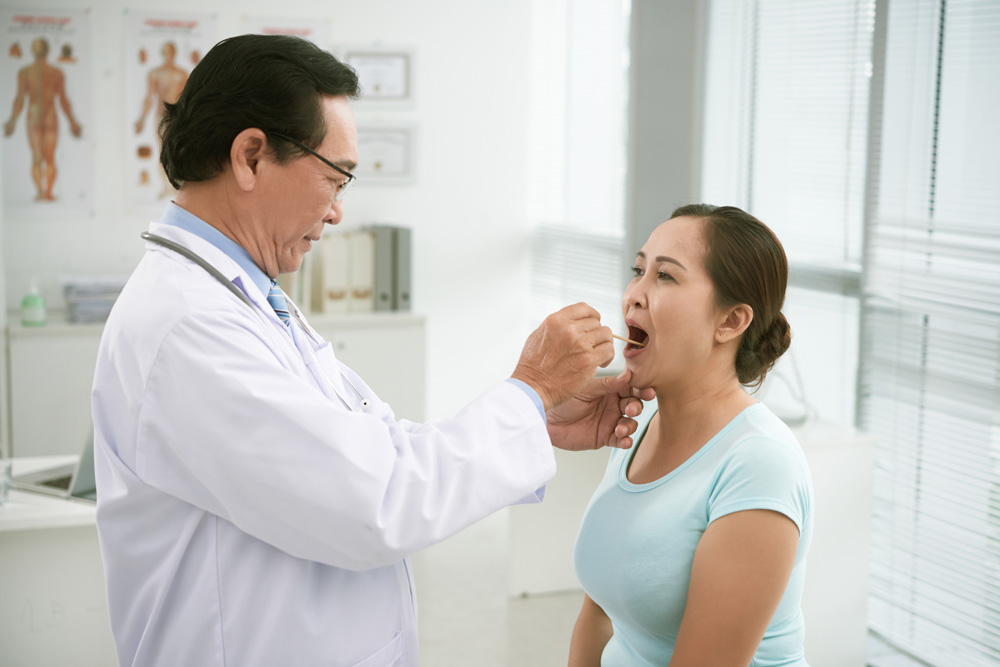
Treating a sore throat
Most sore throats, being viral in nature, don’t require medical treatment and can be managed with home remedies. If you have a sore throat, here are some things that you can try to do.
- Rest your voice
- Drink plenty of liquids
- Moisten your throat with warm liquids and throat lozenges
- Take over-the-counter pain relievers such as ibuprofen or acetaminophen
- Gargle with warm salt water
- Use a humidifier to moisten the air
- Avoid things that can irritate your throat, such as smoking or air pollution
If your sore throat persists for more than a few days or is accompanied by other symptoms like a fever or difficulty swallowing, it’s a good idea to see your healthcare provider for further evaluation.
Treating strep throat
The main treatment for strep throat is antibiotics. Your healthcare provider will prescribe antibiotics to kill the bacteria causing the infection. On average, this takes 10 days. It’s essential to take the full course of antibiotics, even if you start feeling better before you finish them.
Alongside antibiotics, you can also relieve the symptoms by following the same measures that can treat a sore throat.
These include:
- Taking adequate rest
- Staying hydrated to ease throat discomfort
- Taking over-the-counter pain relievers for fever and soreness
- Gargling with salt water
- Using humidifier
- Avoiding irritants like smoke or dry air
When to see a doctor
It’s important to consult a healthcare provider if you’re experiencing the following:
- Symptoms that are severe or persist longer than a week
- Difficulty in breathing or swallowing occurs
- A rash development
- Fever over 101°F (38.3°C) or that lasts more than 48 hours
- Signs of dehydration, like dark urine or reduced urine output
In general, if you’re unsure whether you need to see a doctor for your sore throat or strep throat, it’s always better to err on the side of caution and seek medical advice. Your doctor can provide guidance and treatment to help you feel better sooner.
Key takeaway
While both strep and sore throat involve throat discomfort, their causes, symptoms and treatments differ. If you’re experiencing symptoms, knowing the differences is key in managing the condition effectively and seeking appropriate medical care when necessary.





